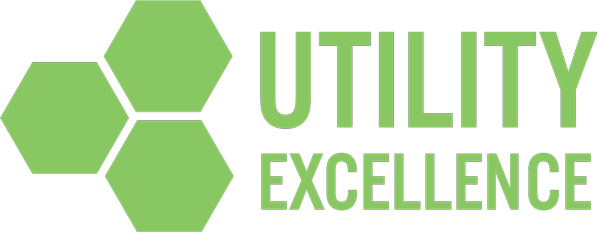As water and wastewater utilities continue to struggle with ageing infrastructure and limited funding, increasing emphasis is being placed on efficiency. Board members, regulators, and the public want to make sure that resources are being used appropriately and are being invested the way businesses should operate. This, he noted, is driving the growing focus on asset management in the water and wastewater sector. While many utilities have been able to develop robust and successful asset management programs over the past decade, many others — perhaps the majority — have yet to start down that path. With so many assets spread out over a wide area and heightening regulatory pressure, its overwhelming to entertain the thought of cataloging them. The trick is to not be intimidated. It’s far better to start where it doesn’t have to be a big expensive effort. Start with an ISO5501 assessment, do you have your key asset objectives documented? Understand your critical assets, review your asset processes and systems to understand key failure data on key assets, perform inspections and condition assessments on these and implementation of a world class asset management and maintenance system.
Condition assessment is a more practical endeavour, but here again the focus is on quality. Look at the assets that are critical to the system, sub-system or process. Focus on the failure modes of their components. By prioritising on business risk exposure you can look at risk- consequence of failure x likelihood of failure and divide that by redundancy. It helps you understand what is critical and manage your inspections and condition assessments.
AMMS systems have been adopted by many water and wastewater agencies in order to improve operations, but “a lot of these were put in with an ICT software mentality. Align the required implementation to the stages of the works delivery life cycle. Focus on how you can improve each stage in managing the asset and then how the system enables that. Many utilities are investing in this space to develop data driven decision making against their strategic objectives. Having a line of sight of a particular component of the system and how it enables a strategic objective will give a focused lens on the outcome you want to achieve.

